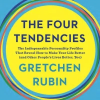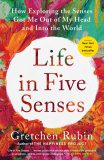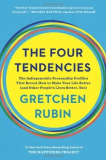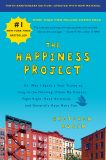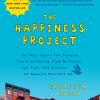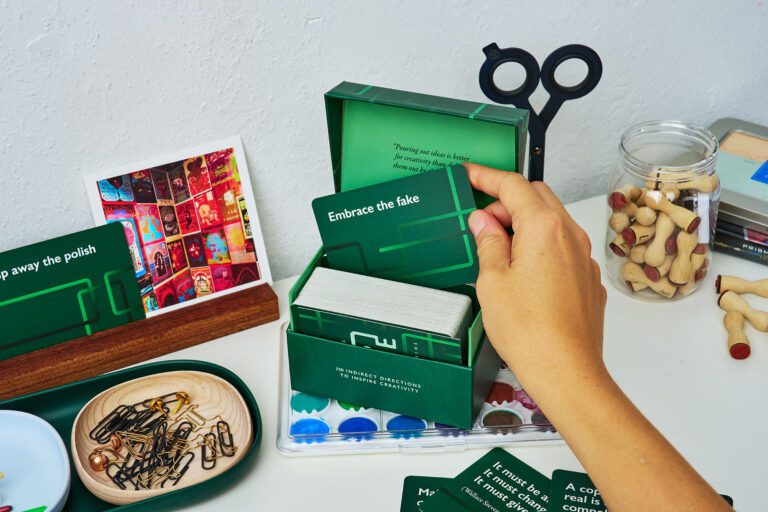My First Splendid Truth about happiness is: to think about your happiness, you must think about feeling good, feeling bad, and feeling right, in an atmosphere of growth.
Research shows that the absence of “feeling bad” doesn’t mean that you “feel good.” You must actually strive to find sources of “feeling good.” Having fun on a regular basis is a pillar of happiness.
Having fun sounds easy, but it’s not. Take the time to do some real self-reflection. As you ask yourself, “How can I have more fun?” keep two things in mind:
1. Be honest about what’s actually fun for you. It’s a Secret of Adulthood: just because something is fun for someone else doesn’t mean it’s fun for you, and vice versa. Wine-tasting, skiing, baking bread, reading mysteries—I personally do not enjoy any of these “fun” activities. They’re fun for some people; not for me. Don’t try to be self-improving, and don’t plan a “fun” event based on what other people would enjoy. Make time for something that’s fun for YOU.
2. Do have real fun. I often feel so overwhelmed by tasks that I think, “The most fun would be to cross some items off my to-do list. I’d feel so much better if I could get something accomplished.” In fact, though, I just make myself feel trapped and drained. If I take time to do something that’s truly fun for me (re-read All the King’s Men for the fourth time, call my sister), I feel better able to tackle that to-do list.
I’m going to break a lifelong vow here – never to quote Dr. Seuss for a nugget of life philosophy. When I was reading The Cat in the Hat to my younger daughter, these five lines hit me so hard I simply can’t resist.
Look at me!
Look at me!
Look at me NOW!
It is fun to have fun
But you have to know how.
So very true. You do have to know how to have fun — and it takes serious reflection.
In case Dr. Seuss isn’t convincing, I’ll also invoke Samuel Butler:
“One can bring no greater reproach against a man than to say that he does not set sufficient value upon pleasure, and there is no greater sign of a fool than the thinking that he can tell at once and easily what it is that pleases him. To know this is not easy, and how to extend our knowledge of it is the highest and most neglected of all arts and branches of education.”
An example from my own life: I always knew that I found it fun to read children’s and young-adult literature, but I never paid much attention to that passion; when I made this activity a major pastime, by acknowledging what I found fun and starting three kidlit reading groups, instead of pushing it to the corners of my life, I dramatically ramped up the fun I got from it. (Read about these groups in the Wall Street Journal)
How about you? Have you ever had trouble finding fun, or making time for fun? Do you find activities fun that other people don’t find fun — or the reverse?
From 2006 through 2014, as she wrote The Happiness Project and Happier at Home, Gretchen chronicled her thoughts, observations, and discoveries on The Happiness Project Blog.

